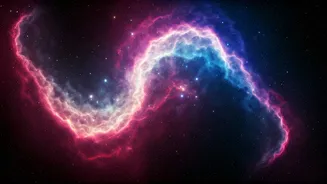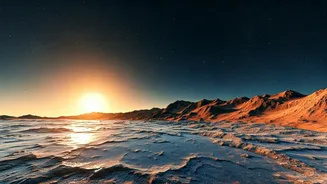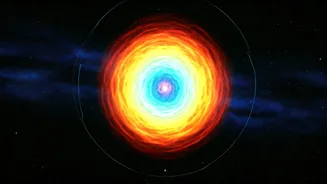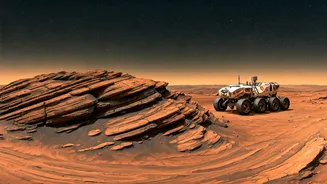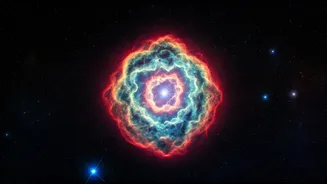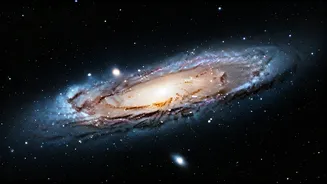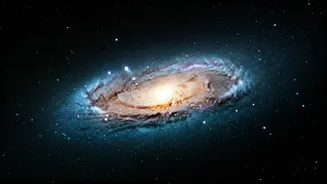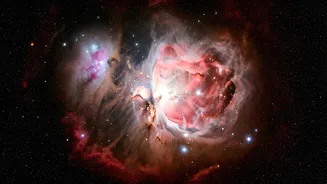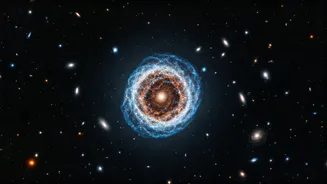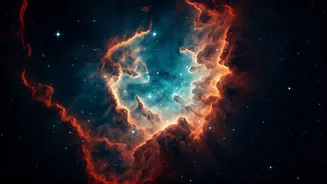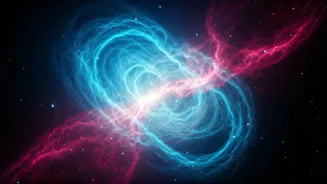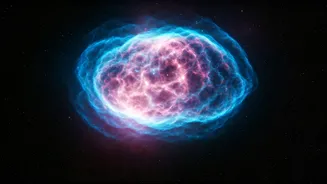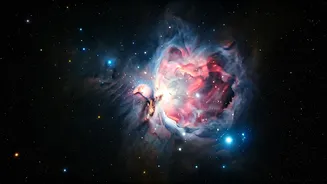Unveiling Cosmic Wonders
NASA's dedication to exploring the universe has continually gifted humanity with incredible imagery, allowing us to see beyond our planet. The latest collection
of images from the space agency offers a fresh and compelling look at the cosmos. These aren't just pretty pictures; they are valuable data points. They provide scientists with crucial information about the composition, evolution, and interactions within the universe. Each image captures a moment in time, a snapshot of the dynamic and ever-changing environment of space. From the fiery birthplaces of stars to the majestic forms of galaxies, NASA's photographs spark curiosity and fuel our understanding of the universe. Moreover, they inspire the public and remind us of the boundless nature of the cosmos.
Galaxies in Focus
Galaxies, vast collections of stars, gas, dust, and dark matter, are some of the most spectacular objects in the universe. NASA's images frequently capture these grand structures. These images, often enhanced through processing, bring out detail. They reveal the intricate spiral arms of galaxies, like our own Milky Way, as well as the more irregular shapes of colliding galaxies, showing how these celestial bodies evolve over time. Telescopes and specialized instruments capture light from these galaxies, which has traveled billions of years, allowing us to look back into the past. Detailed analysis of galactic images helps to determine distances, compositions, and the formation of these cosmic islands. This contributes significantly to our comprehension of cosmic evolution and the vastness of the universe. These images are scientific tools and also artistic masterpieces, showcasing the inherent beauty of the universe.
Nebulae and Starbirths
Nebulae, vast clouds of gas and dust, are the birthplaces of stars, and NASA’s images often highlight these stellar nurseries. The images capture the radiant glow of ionized gases. They display the complex structures of these nebulae, where stars are born. These images reveal the process of star formation, from the collapse of a cloud of gas to the ignition of nuclear fusion in the core of a newly formed star. Scientists study these images to understand stellar evolution, the lifecycles of stars, and the composition of the interstellar medium. The vibrant colors in nebula images arise from the various elements present within them, producing unique light. These images also give insights into the environments in which planetary systems may form. They allow us to observe, in detail, the raw material for future solar systems.
Exoplanets and Beyond
Besides galaxies and nebulae, NASA's exploration encompasses the search for exoplanets, which are planets that orbit stars beyond our solar system. Advanced telescopes and instruments capture the light from these distant worlds. They gather data to learn about their atmospheres, compositions, and potential habitability. While directly imaging exoplanets is challenging due to the distances involved, NASA uses advanced techniques, such as transit photometry and radial velocity measurements, to detect their presence. Each discovery adds to our understanding of the diversity of planetary systems in the universe, inspiring further investigations into the possibilities of life beyond Earth. NASA is continuously pushing the boundaries of what we can see, aiming to find the right conditions in the universe to foster life.
The Beauty of Space
The beauty of space is captured in the vivid colors and intricate details of these NASA images. Whether it's the spiraling arms of a galaxy or the glowing embrace of a nebula, each image offers an aesthetic experience and reminds us of the magnificence of the cosmos. These images often become iconic, inspiring artists, scientists, and the public. They serve as a visual reminder of humanity's ongoing pursuit of knowledge and our place in the universe. NASA's continuous release of these images not only advances scientific research but also stimulates public interest, encouraging future generations to explore and learn about the universe. They encourage exploration and wonder for all who view them, highlighting both the aesthetic appeal and the scientific depth of space exploration.
Future Endeavors
As technology advances, so too will our capacity to capture and interpret the vastness of space. NASA continues to develop increasingly sophisticated telescopes and space-based observatories. This will lead to even more detailed and revealing images. These advanced instruments will provide data that will further our understanding of the universe. Future missions include projects dedicated to exploring specific regions, searching for evidence of extraterrestrial life, and unraveling the mysteries of dark matter and dark energy. The continuous release of these new images by NASA reflects a persistent dedication to space exploration and scientific discovery. They guarantee that the public will keep gaining insights into the cosmos for years to come. These missions will not only advance our scientific understanding but also captivate our imaginations, driving a continuous cycle of curiosity and discovery.
